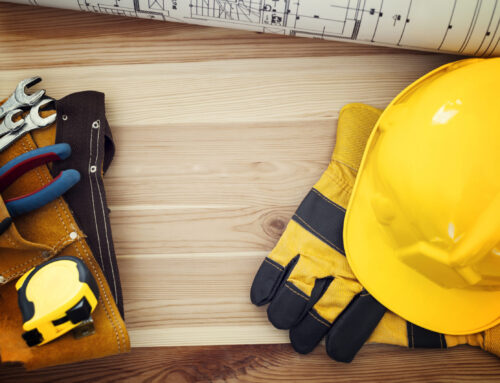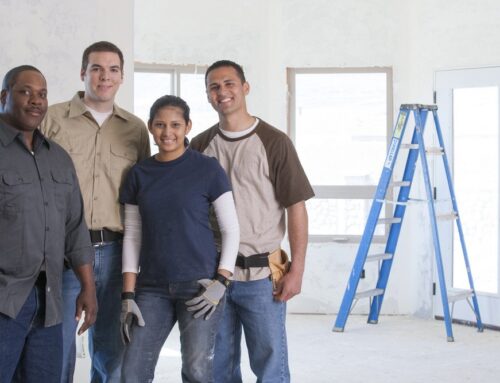In the United States, air conditioning has become something of a norm. It is used not only to make people more comfortable within residential buildings, but to make workers safer within commercial buildings, depending on the environment in which they’re working. While many residential areas still go without the necessary HVAC units that they need in certain areas, particularly within the Pacific Northwest where cooler conditions are the norm, this is not necessarily the case in the commercial HVAC sphere. In the commercial sector, HAC systems are not merely about providing comfort, but about providing temperature regulation that is not only comforting but necessary. Furthermore, commercial HAC systems are not necessarily as straightforward as residential HVAC systems. Oftentimes, they can be put under a great deal of stress, which is not necessarily experienced on the same level with residential HVAC systems, as they differ so much from the units provided by commercial HVAC contractors. With that being said, let’s look into the different aspects that play into maintaining a commercial HVAC system.
1. Regular Maintenance Checks
A commercial HVAC system, of course, needs to be checked and maintained on a regular basis. Typically, this needs to be done about twice a year. Commercial contractors may advise less regular maintenance, but it’s important to have your commercial HCAC unit checked and tested on a regular basis. This ensures that the HVAC unit is not over-worked, and will work for the long term. A typical commercial HVAC unit can be expected to last for as long as 20 years, depending on how much stress is placed upon the unit. But without the proper maintenance, a unit can wear down very quickly.
2. Recognize When Replacements Are Necessary
While maintenance is an important part of maintaining a commercial HVAC unit, it’s not the only factor to keep in mind. If an HVAC unit is not properly maintained, or if it is maintained and simply grows old, it may be time for a replacement. If your contractor reports back with the need for a replacement, it may be daunting at first. A replacement is often viewed as a large lump sum to be paid upfront. But in fact, it can be less expensive than keeping up with constant repairs over an extended period of time. This is why it’s important to carefully evaluate the overall value of older units versus newer units. Though replacements may be more expensive up front, they can be more affordable in the long term.
3. Consider Used Parts
Used parts are considered a regular factor when it comes to cars; however, they can also be used to repair commercial HVAC units. The great thing about used parts is that they’ve often be refurbished, which means that they are essentially “like new” while being more affordable than new parts. Furthermore, a lot of refurbished parts are essentially unused, or act as unused parts would, even if the rest of the unit has been damaged out. Essentially, using these parts is like recycling.
Ultimately, these factors can make commercial HVAC units more affordable, less intimidating, and easier to confront outright. While these units are crucial to running a commercial building, they don’t have to be confusing.




